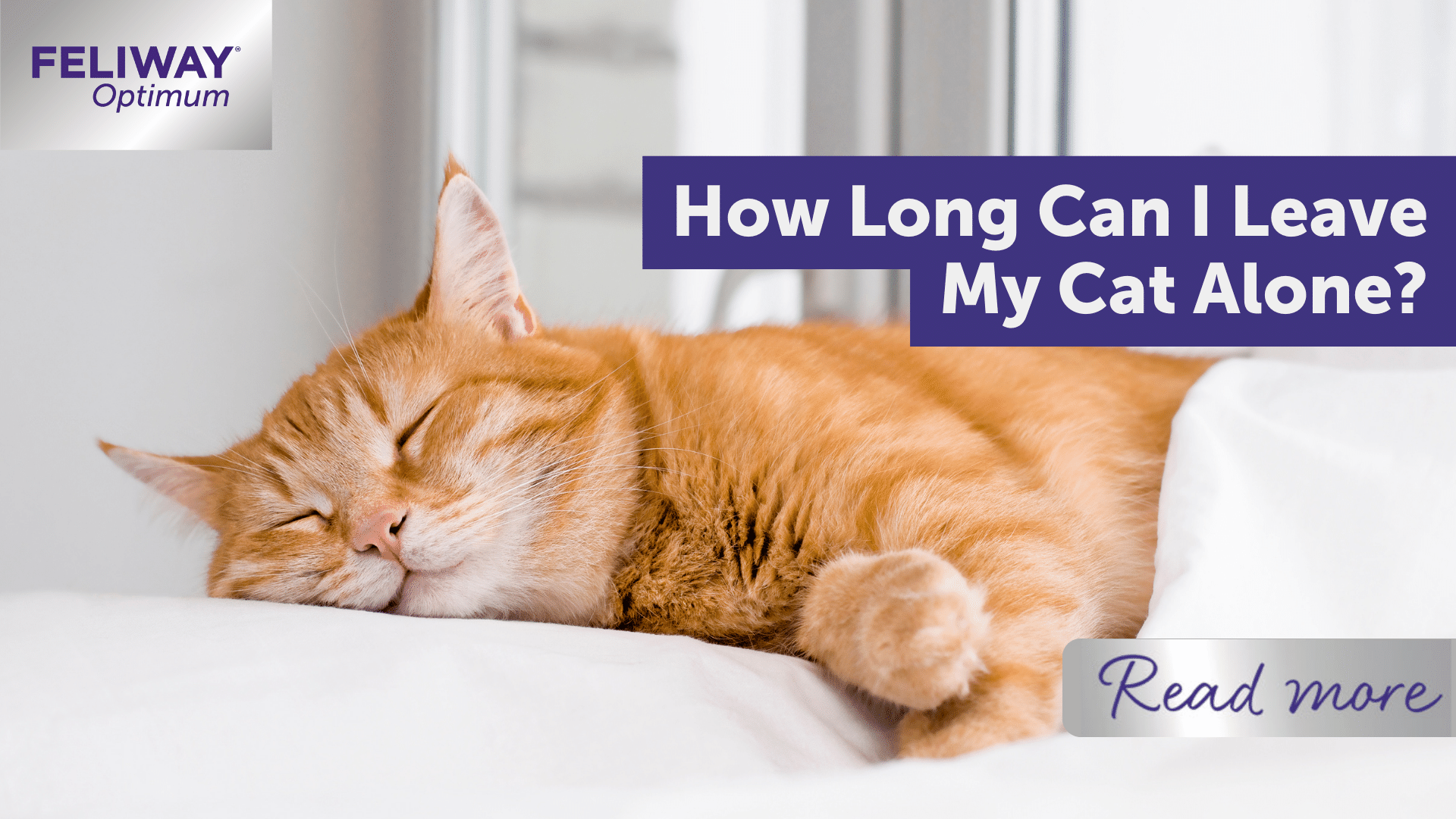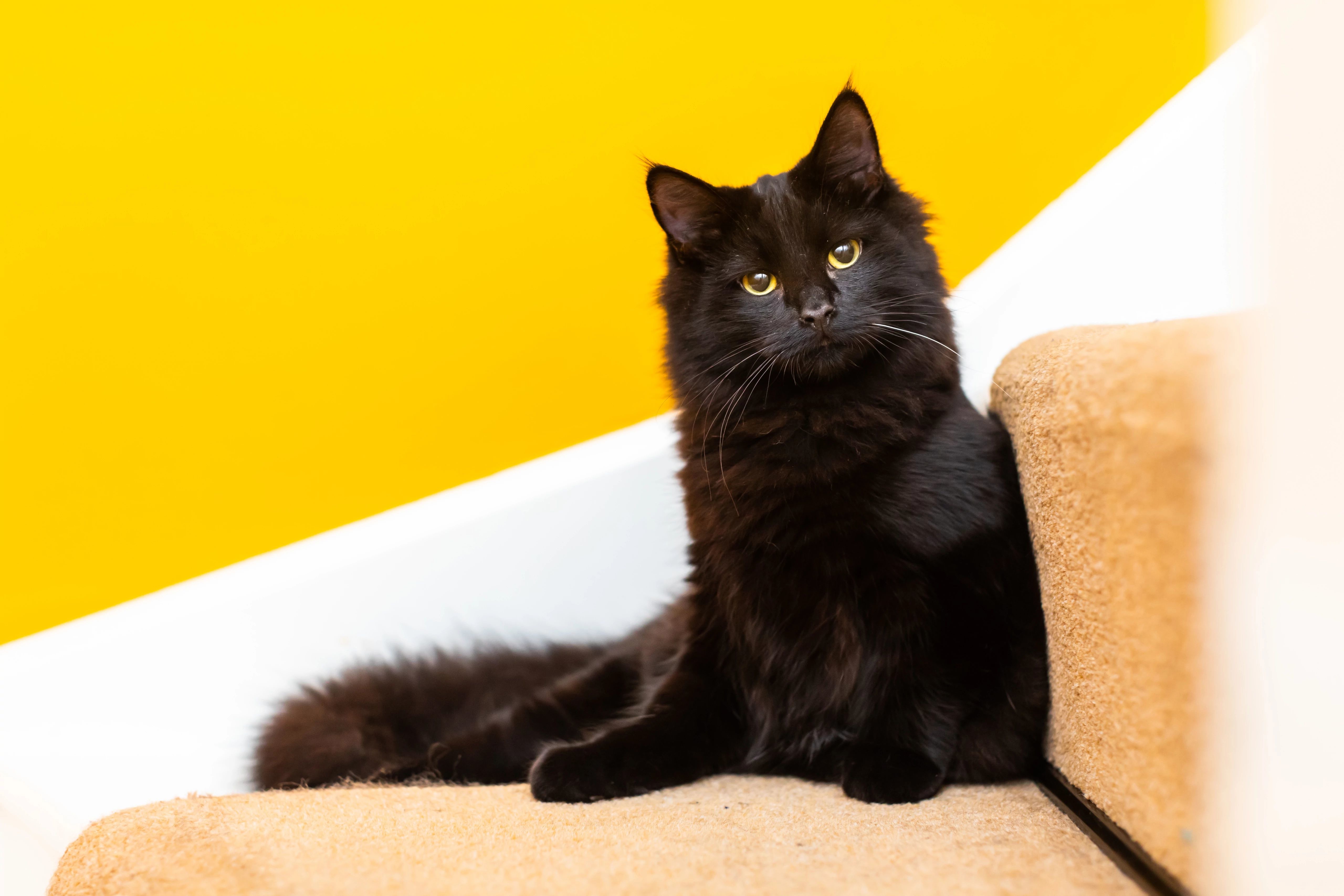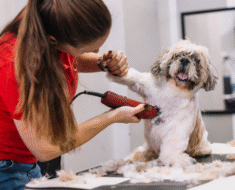Do you ever worry about how your dog behaves around your cat when you’re not home? It’s natural to want peace between your furry friends, but teaching your dog to leave your cat alone can be tricky.
If your dog chases, barks at, or stresses out your cat, it can lead to anxiety for both pets and sleepless nights for you. Imagine a calm home where your dog and cat coexist without tension, even when you’re away.
You’ll discover simple, effective steps to help your dog respect your cat’s space. Keep reading to unlock the secrets to a happier, safer home for both your pets.
Credit: www.rspca.org.uk
Recognizing Dog And Cat Behavior
Dogs chase catsbecause of their natural instincts. Loud noises, quick movements, or sudden actions often trigger a dog’s chase urge.Seeing a cat run can make a dog excited and want to chase it. Some dogs have a stronger chase instinct than others.
Cats show their feelings with body signals. A cat may hiss, arch its back, or flick its tailwhen scared or annoyed. These signs tell the dog to stay away. If the dog ignores these signals, the cat might run or hide. Understanding these signs helps keep peace between pets.
Creating A Safe Environment
Pets need their own safe spacesat home. Separate areas help dogs and cats feel calm. Barriers like gates keep pets apart without stress. They stop dogs from chasing or bothering cats.
Use baby gatesor pet fences to divide rooms. Choose spots where pets eat, sleep, or rest. This way, each pet has a quiet place to relax. It also teaches dogs to respect cats’ space.
Check that barriers are strong and tall enough. Make sure pets can see but not reach each other. This reduces tension and helps pets get used to each other safely. Over time, they may learn to share space peacefully.
Training Commands For Calmness
Teaching the “Leave It” commandhelps dogs ignore the cat. Start by holding a treat in your closed hand. Let the dog sniff but not take it. Say “Leave it”and wait quietly. When the dog stops trying, give a different treat with the other hand. Repeat this often. This builds clear boundaries and respect.
Reinforcing “Stay” and “Sit” commandskeeps dogs calm near the cat. Ask the dog to “Sit”or “Stay”before the cat comes close. Praise the dog for obeying with soft words or treats. Practice these commands daily in short sessions. This helps the dog stay relaxed and controlled.
Positive Reinforcement Techniques
Reward calm behaviorby giving your dog treats and praise right away. This shows your dog that being calm around the cat is good. Use small, tasty treats your dog loves. Say kind words like “good boy” or “well done” with a happy voice.
Give treats only when your dog is quiet and relaxed near the cat. Avoid giving treats if your dog chases or barks at the cat. This helps your dog learn the right way to act.
Start with short sessions and keep your dog on a leash. Slowly let your dog spend more time near the cat. Always reward calmness. Be patient. Dogs learn with practice.
Supervised Interaction Strategies
Controlled introductionshelp dogs and cats feel safe together. Start with short meetings on a leash. Keep the dog calm and quiet. Let the cat explore at its own speed. Use treats to reward calm behavior from both pets.
Monitoring playtimeis key to avoiding fights. Always watch them closely during play. Stop play if the dog gets too rough or the cat hides. Give both animals breaks to relax. Make sure each pet has a safe space to go alone.

Credit: www.feliway.co.uk
Managing High Energy Levels
Dogs with high energyneed plenty of exercise to stay calm. Daily walks help burn off extra energy. Playtime like fetch or tug-of-war also works well. Exercise reduces the chances of dogs chasing or bothering cats.
Mental activities keep dogs busy and less focused on cats. Puzzle toys, treat dispensers, and simple training games provide mental exercise. These tasks challenge their brains and reduce restlessness.
| Exercise Type | Benefits |
|---|---|
| Walks | Burn energy, calm behavior |
| Playtime | Physical activity, fun bonding |
| Mental Stimulation | Reduces boredom, improves focus |
Addressing Persistent Issues
Persistent problems between dogs and cats can be tough to fix alone. Professional trainersor behaviorists can offer useful guidance. They observe interactions and find hidden triggers. Experts suggest custom plansbased on each pet’s personality and history. This helps ensure safety for both animals.
Behavior modification toolsoften include:
- Leash trainingto control dog’s movement near the cat.
- Positive reinforcementrewarding calm behavior around the cat.
- Desensitizationby slowly exposing pets to each other in controlled ways.
- Use of barrierslike baby gates to separate spaces safely.
Sometimes, special equipment like head haltersor calming sprayshelps reduce tension. Patience and consistent effort are key. Professionals guide owners on how to use these tools properly for the best results.

Credit: www.cats.org.uk
Frequently Asked Questions
How Can I Stop My Dog From Bothering The Cat At Home?
Use positive reinforcement to reward calm behavior near the cat. Provide separate spaces and supervise interactions. Train your dog with commands like “leave it” and redirect attention. Consistency and patience are key to teaching respect between pets.
Why Does My Dog Chase The Household Cat?
Dogs chase cats due to natural prey drive or excitement. Lack of training or socialization can worsen this behavior. Understanding your dog’s triggers helps manage and redirect their focus. Teaching impulse control reduces chasing incidents and ensures peaceful coexistence.
What Training Methods Work Best For Dogs Around Cats?
Positive reinforcement and reward-based training work best. Use treats and praise for calm interactions. Avoid punishment, as it can increase anxiety. Gradually introduce your dog to the cat in controlled settings to build positive associations and trust.
How To Create A Safe Space For Cats With Dogs At Home?
Provide elevated or separate areas where cats can retreat safely. Use baby gates or pet barriers to limit access. Ensure cats have multiple hiding spots and resources like food and litter boxes away from dogs. This reduces stress and conflict.
Conclusion
Teaching your dog to leave the cat alone takes time and patience. Consistent training helps both pets feel safe and calm. Use clear commands and reward good behavior often. Keep their spaces separate when unsupervised to avoid conflicts. Watch their interactions closely and correct any rough play.
Over time, your dog will learn to respect the cat’s space. Happy pets make a happy home. Keep practicing, and you will see progress. Peaceful living is possible with gentle guidance.





